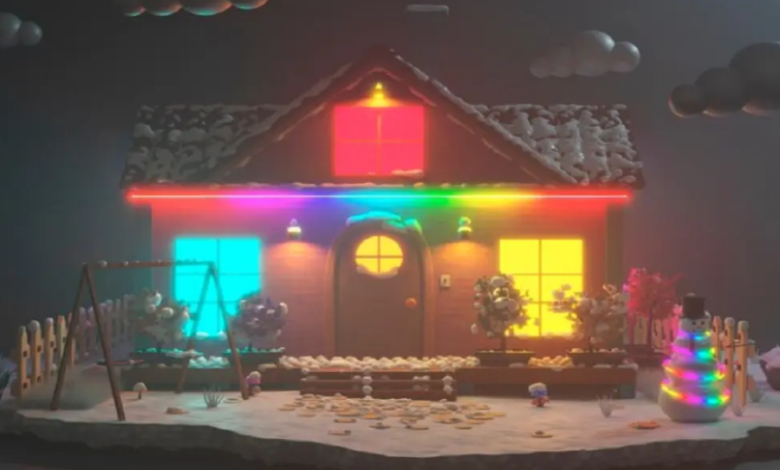Exploring the Evolution and Future of Character: opg89kbdvac= Roblox

In the vast universe of online gaming, few platforms have left as significant a mark as Roblox. With its user-generated content and diverse game worlds, Roblox has become a global phenomenon, attracting millions of players of all ages. Central to this experience is the evolution of characters within the platform, encapsulated in the enigmatic “opg89kbdvac” concept. In this article, we’ll explore the development of Roblox characters, their current state, and what the future might hold.
The Origins of Roblox Characters
When Roblox was first launched in 2006, its character models were simple, blocky figures reminiscent of LEGO toys. These early avatars, known as “Classic Avatars,” were basic but functional, allowing players to express themselves within the various games created by the community. Over time, however, the demand for more customization and personality grew, leading to significant changes in how characters were designed and interacted with.
The Evolution: From Blocks to Life-like Figures
As Roblox expanded, so too did the complexity and customization options of its characters. The introduction of “R15” and “Rthro” avatars marked a pivotal moment in this evolution. The R15 system allowed for more detailed body parts and smoother animations, while Rthro brought in more realistic and human-like proportions. These updates gave players unprecedented control over their character’s appearance, from hairstyles and clothing to facial expressions and body types.
The integration of these features aligned with Roblox’s broader mission of enabling creativity. Players could now create avatars that better reflected their individuality, leading to a richer and more immersive gaming experience. The “opg89kbdvac” might refer to this ongoing evolution, symbolizing the complex algorithms and coding behind these increasingly sophisticated avatars.
The Present: A World of Endless Customization
Today, Roblox characters are a testament to the platform’s commitment to innovation. With the introduction of 3D clothing, dynamic facial expressions, and accessories that can be layered and customized, players can craft truly unique avatars. The marketplace has exploded with user-generated items, allowing for an endless array of customization options.
This customization is not just cosmetic; it extends to how characters move and interact within the game worlds. Advanced scripting and animation tools enable game developers to create characters with distinct personalities and behaviors, adding depth to the gameplay.
The Future: Where Are We Headed?
Looking ahead, the future of Roblox characters seems boundless. The ongoing development of the platform’s engine suggests that we may see even more realistic and interactive avatars. One possibility is the introduction of AI-driven characters, capable of learning and adapting to a player’s behavior. This could lead to more personalized and dynamic gaming experiences, where characters evolve in response to how players interact with them.
Another exciting avenue is the potential integration of virtual and augmented reality, which could allow players to step inside the world of Roblox, experiencing their avatars in a whole new way. The “opg89kbdvac” might represent a code or project aimed at this next leap in avatar evolution, bringing us closer to a seamless blend of the digital and physical worlds.
Conclusion: The Continuous Evolution of Roblox Characters
The journey of Roblox characters, from their humble beginnings to their current state of near-limitless customization, reflects the platform’s broader evolution. As technology advances, so too will the possibilities for these avatars, opening up new ways for players to express themselves and interact within the Roblox universe. Whether “opg89kbdvac” is a specific code or simply a representation of this ongoing transformation, it’s clear that the future of Roblox characters is as bright and exciting as ever.



